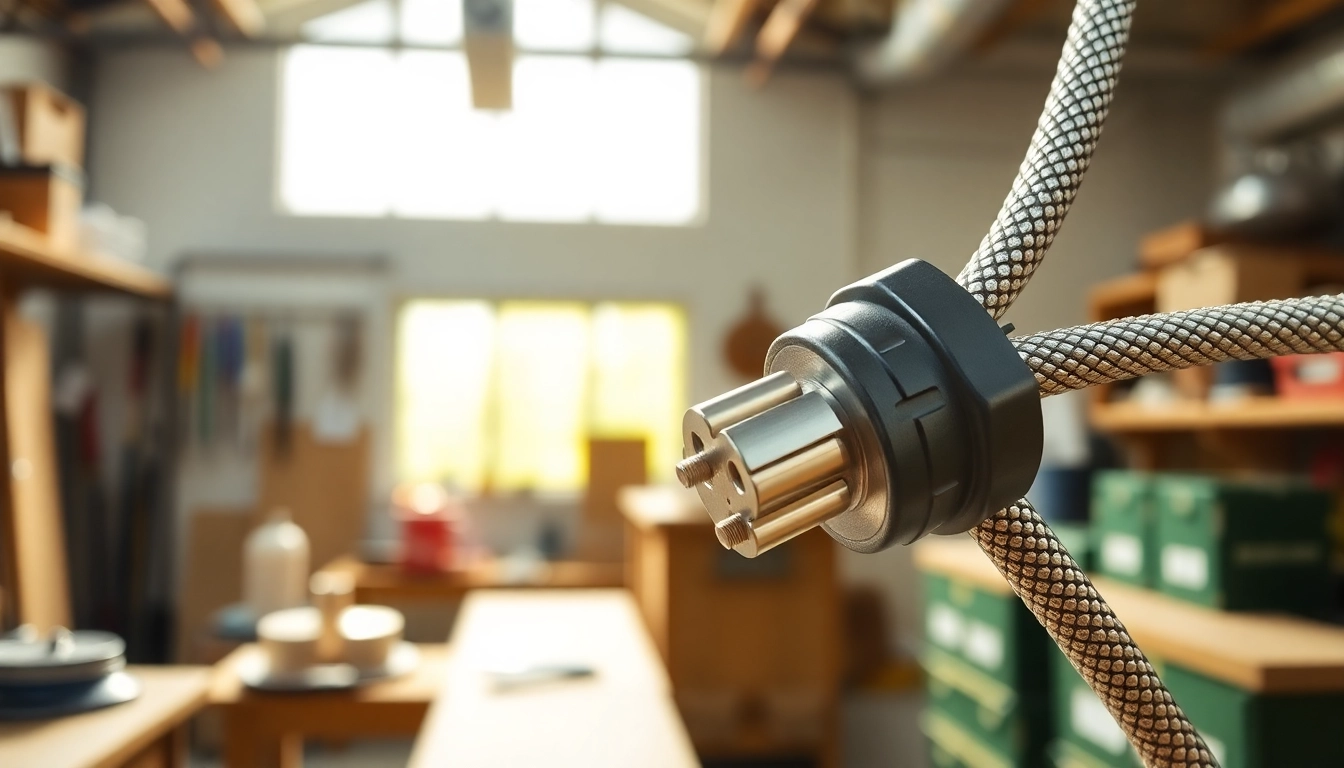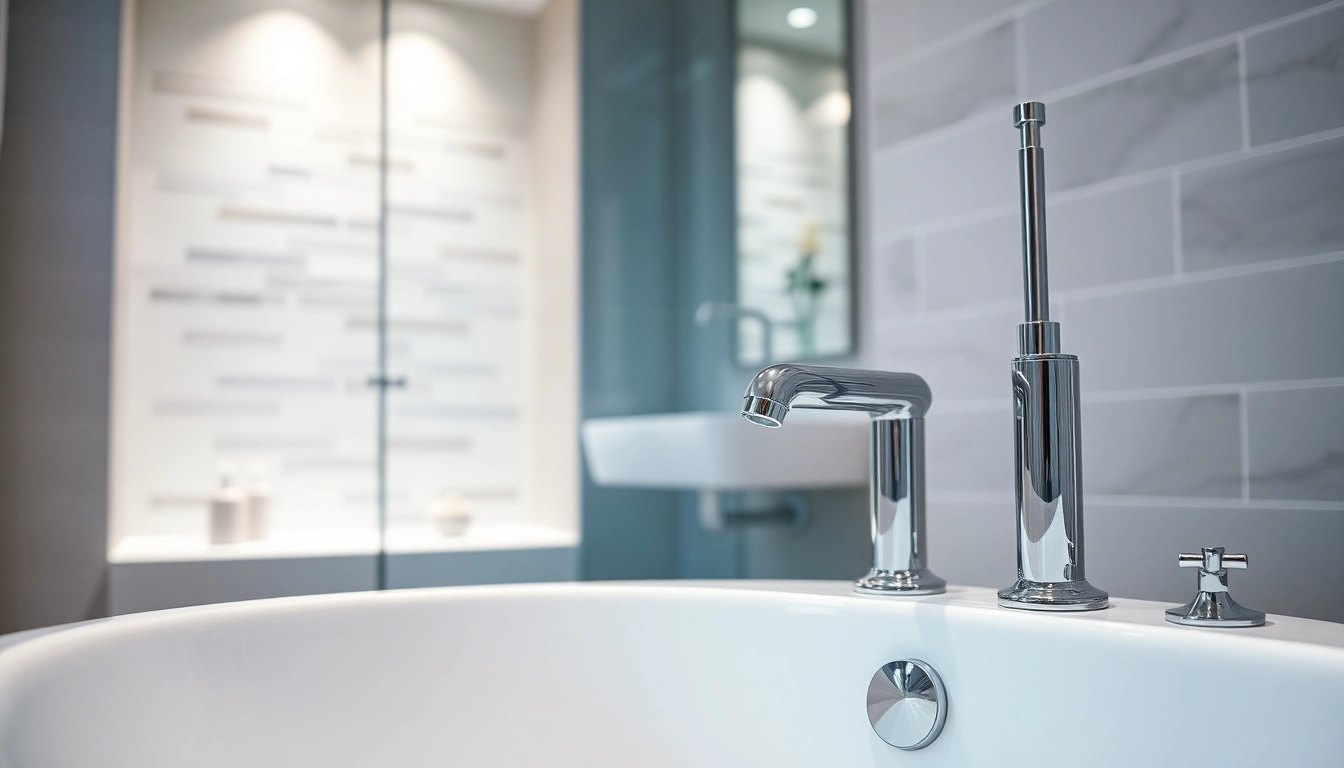Understanding the 15 Amp Extension Lead
What is a 15 Amp Extension Lead?
A 15 amp extension lead is a common electrical cord designed to extend the reach of power to various devices, appliances, and tools that require up to 15 amps of current. These leads are rated for use in residential and commercial settings, making them versatile for various tasks such as powering tools in a workshop or connecting appliances in a home. Typically, a 15 amp extension lead consists of a tough, insulated outer jacket to protect the inner wiring from damage, ensuring durability and safety.
How Does a 15 Amp Extension Lead Work?
Extension leads function by linking devices to a power source over a longer distance than the original cord allows. When you plug a 15 amp extension lead into a wall outlet, it draws electricity from that outlet and delivers it to any appliance or tool connected to the lead. The wire gauge, insulation quality, and design of the plug and socket determine the efficacy and safety of this transfer. Most 15 amp extension leads are available in different lengths, such as 10, 15, or 20 meters, allowing for flexibility depending on your usage requirements.
Common Uses of 15 Amp Extension Leads
15 amp extension leads are incredibly versatile, finding applications in various scenarios:
- Home Use: Ideal for distributing power to multiple devices in rooms, gardens, or garages.
- Outdoor Events: Frequently used in outdoor venues for lighting, sound systems, and catering equipment.
- Construction Sites: Essential for power tools and machinery that require reliable electricity away from fixed outlets.
- Camping and Recreational Use: Useful for connecting electrical devices in recreational vehicles (RVs) and tents.
Choosing the Right 15 Amp Extension Lead
Factors to Consider When Buying
When selecting a 15 amp extension lead, various factors should guide your decision:
- Length: Choose a lead long enough to reach your power source without excessive slack that could cause tripping hazards.
- Gauge/Rating: Ensure the gauge of the wire matches the amp needs of your devices; a lower number (like 12 or 14 gauge) is typically better for high current applications.
- Usage Environment: For outdoor usage, look for leads with weatherproof and abrasion-resistant jackets.
Gauge Ratings Explained
The gauge of an extension cord directly impacts its safety and performance. Here’s a quick breakdown:
- 16 Gauge: Suitable for most indoor applications (up to 10 amps).
- 14 Gauge: Ideal for tools utilizing between 11 to 13 amps.
- 12 Gauge: Handles up to 15 amps, making it perfect for many heavy-duty tasks.
- 10 Gauge: For equipment that needs more than 15 amps, often found in specialty tools.
Selecting Length and Features
Selecting the length of the extension lead is crucial for avoiding voltage drops. Longer leads can result in less power reaching the device. As a rule of thumb, for every 100 feet of 12-gauge cord, there can be a voltage drop of about 3-5%, which could affect performance significantly. Consider also features like:
- Surge Protection: Protects devices from power surges.
- Ground Fault Circuit Interrupter (GFCI): Essential for outdoor or damp locations to enhance safety.
Safety Tips for Using a 15 Amp Extension Lead
Avoiding Overloading Your Extension Lead
Overloading is a major concern when using extension leads. Exceeding the 15-amp rating can lead to overheating and potentially cause fires. Always check the combined wattage of the devices you plan to connect:
- Formula: Voltage (120V) x Amperage (15A) = Maximum Wattage (1800 Watts)
- Ensure that the total wattage of the connected devices is under this limit.
Proper Storage and Maintenance
To ensure longevity and safety, proper storage and maintenance are vital:
- Store the lead in a dry, cool area free from heavy objects.
- Avoid coiling the cable too tightly, which can damage the internal wiring.
- Regularly inspect the lead for frayed wires or damaged plugs, and replace if necessary.
Signs It’s Time to Replace Your Extension Lead
Be aware of signs indicating the need for replacement, including:
- Frayed or damaged cord.
- Burning smell when in use.
- Frequent tripping of circuit breakers.
15 Amp Extension Lead Performance Metrics
Testing the Durability of Your Extension Lead
To ensure reliability, testing the durability of a 15 amp extension lead can involve:
- Flex testing: Bending the lead in various areas to check for breaking points.
- Electrical testing: Using a multimeter to check continuity and voltage drop over long distances.
Understanding Rated Amperage and Voltage
It’s crucial to understand that each extension lead has specific ratings that should not be exceeded. The rated amperage indicates the safe current level, while the voltage refers to the potential electrical force. Common configurations for 15 amp extension leads typically operate on a standard 120V system.
Assessing Environmental Factors Affecting Performance
Environment plays a pivotal role in the performance of an extension lead. For instance:
- Temperature: Extreme conditions can affect insulation and lead to failure.
- Moisture: Using indoor-rated cables outdoors exposes them to risks like water ingress and short-circuits.
Where to Buy Quality 15 Amp Extension Leads
Top Retailers for Electrical Tools
When looking to purchase a quality 15 amp extension lead, consider reputable retailers that focus on electrical supplies. Stores like The Home Depot, Lowe’s, Walmart, and specialized electrical retailers often carry a range of options catering to different needs.
Online vs In-Store Purchases
Choosing between online and in-store shopping has its benefits. Online stores usually provide comprehensive product details, reviews, and potential deals not available in physical stores. However, in-store shopping allows for immediate assessment of product quality and suitability.
Comparing Prices and Warranty Offers
Before making a purchase, comparing prices across different platforms is essential. Look for warranties that are conducive to the length of usage you anticipate. A solid warranty can protect against manufacturing defects and signify confidence in the product’s quality.



